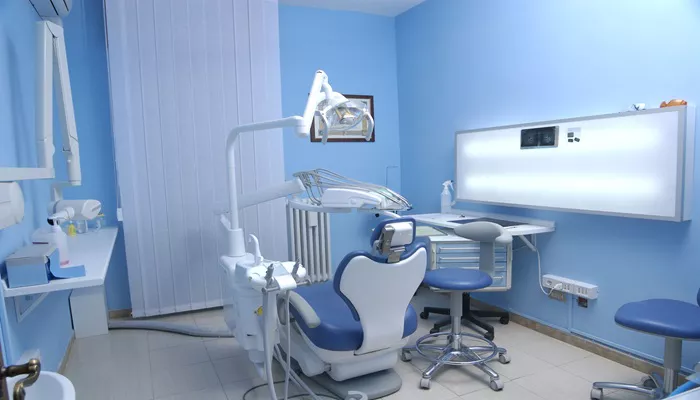Ultraviolet (UV) rays are a type of electromagnetic radiation emitted by the sun and artificial sources like tanning beds.
While people often associate UV rays with skin damage and increased risk of skin cancer, the potential effects of UV exposure on oral health, particularly teeth, are less commonly discussed. This article explores the relationship between UV rays and dental health, examining whether UV exposure can harm teeth and what precautions can be taken to protect oral health.
Understanding UV Rays
UV rays are divided into three categories based on their wavelength:
1. UVA Rays
UVA rays have the longest wavelength and penetrate the skin more deeply. They are primarily responsible for skin aging and can contribute to the development of skin cancer.
2. UVB Rays
UVB rays have a shorter wavelength and are responsible for causing sunburn. They play a significant role in the development of skin cancer.
3. UVC Rays
UVC rays have the shortest wavelength and are the most harmful. However, they are mostly absorbed by the Earth’s atmosphere and do not reach the surface.
While UVA and UVB rays are the primary focus regarding skin health, their effects on oral health are worth exploring.
The Impact of UV Rays on Oral Health
1. Direct Effects on Teeth
Currently, research on the direct effects of UV rays on teeth is limited. However, some studies suggest that UV exposure may have indirect effects that could impact dental health.
2. Tooth Enamel and UV Exposure
Tooth enamel is the hard outer layer of teeth that protects them from decay. Some studies have indicated that UV light can affect the properties of dental materials used in restorative dentistry, such as composite resins and bonding agents. This may lead to concerns about the durability and longevity of dental work exposed to UV light.
3. Gum Health and UV Rays
Gum health is crucial for maintaining overall oral health. UV rays can affect the skin and tissues surrounding the mouth.
Prolonged UV exposure can lead to conditions such as actinic cheilitis, which is a precancerous condition affecting the lips.
This condition can cause changes in the texture and appearance of the lips, making them more susceptible to injury and infection.
4. Oral Cancer Risk
One of the most significant concerns regarding UV exposure is the increased risk of oral cancers. While UV rays primarily affect the skin, they can also impact the lips and the oral cavity. The following factors contribute to this risk:
Lip Exposure: The lips are particularly vulnerable to UV rays. Chronic sun exposure can lead to lip cancer, which can spread to surrounding tissues, including the gums and oral cavity.
Immune Suppression: UV radiation can suppress the immune system, making it harder for the body to fight off infections, including those in the oral cavity.
5. Effects on Oral Microbiome
The oral microbiome plays a crucial role in maintaining oral health. Some studies suggest that UV exposure can alter the balance of bacteria in the mouth. An imbalance in the oral microbiome can lead to dental issues such as cavities and gum disease.
Preventing UV Damage to Oral Health
Given the potential risks associated with UV exposure, it is essential to take steps to protect your oral health. Here are some practical tips:
1. Use Lip Balm with SPF
Applying lip balm that contains sun protection factor (SPF) can help protect your lips from UV damage. Look for products that offer broad-spectrum protection against UVA and UVB rays.
2. Wear a Wide-Brimmed Hat
When spending time outdoors, wearing a wide-brimmed hat can provide shade for your face and lips, reducing UV exposure.
3. Limit Sun Exposure
Try to avoid direct sun exposure during peak hours, typically between 10 AM and 4 PM. If you must be outside, seek shade whenever possible.
4. Regular Dental Check-ups
Regular visits to the dentist are essential for maintaining oral health. During these visits, your dentist can check for any signs of UV-related damage, such as changes in the lips or gums.
5. Stay Hydrated
Drinking plenty of water helps keep your mouth moist and supports the health of your oral tissues. A well-hydrated mouth is less susceptible to damage from UV rays and other environmental factors.
6. Practice Good Oral Hygiene
Maintaining good oral hygiene is crucial for overall dental health. Brush your teeth at least twice a day and floss daily to remove plaque and food particles that can contribute to oral health problems.
Conclusion
While UV rays are primarily known for their harmful effects on the skin, they can also have implications for oral health.
Direct exposure to UV rays can affect the teeth and gums, potentially leading to dental issues and increasing the risk of oral cancers. Protecting your lips and surrounding tissues from UV damage is essential for maintaining good oral health.
By taking simple precautions, such as using lip balm with SPF, wearing protective clothing, and maintaining regular dental check-ups, you can minimize the risks associated with UV exposure. Awareness of the potential dangers of UV rays is the first step toward protecting your smile and ensuring a lifetime of good oral health.
Related topics:

